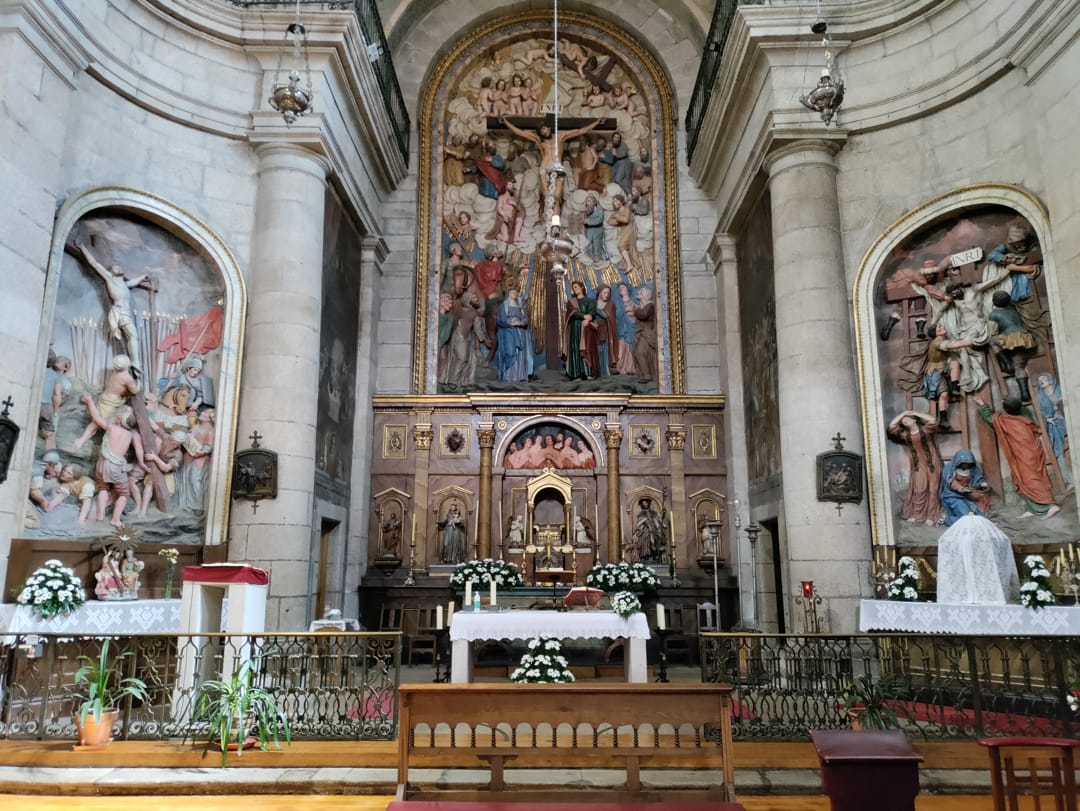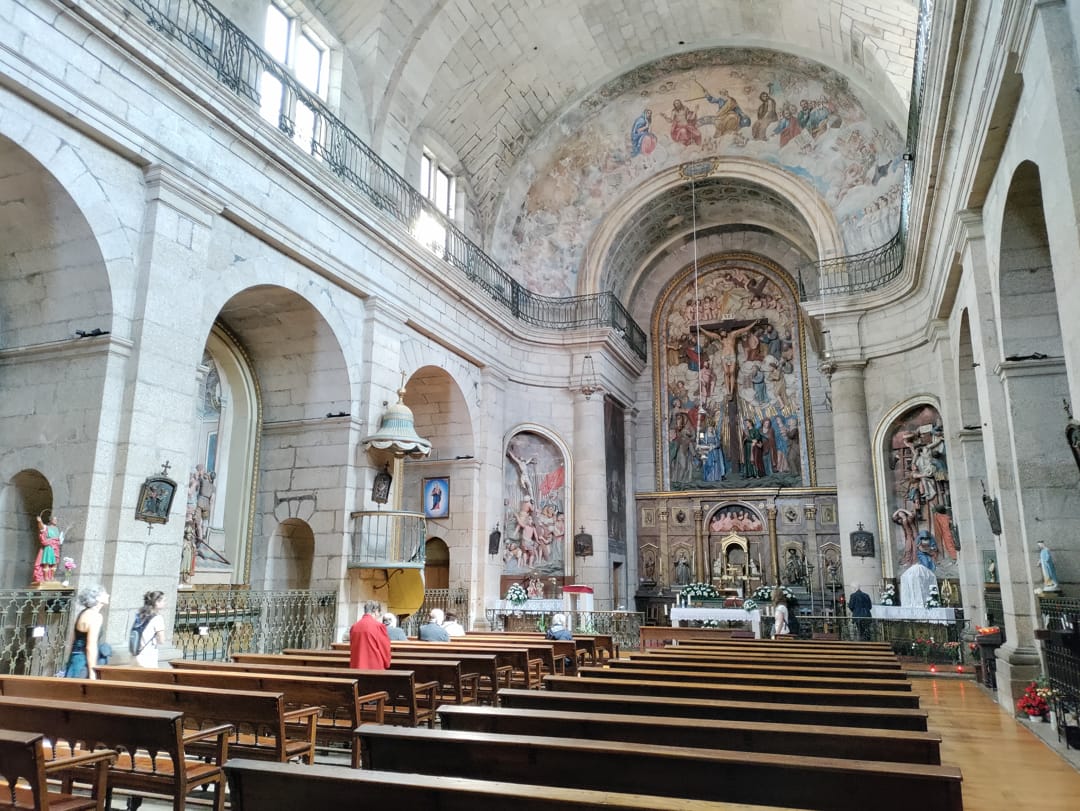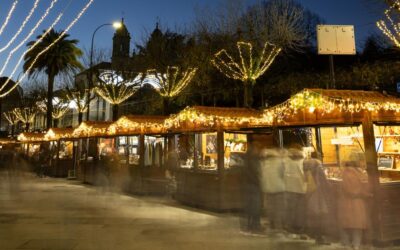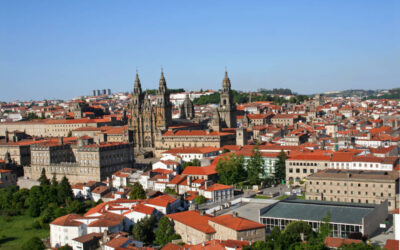The
Xeral Chapel of Ánimas
located in the well-known rúa de Casas Reais, was built according to the plans of the architect Miguel Ferro Caaveiro and the direction of the master builder Juan López Freire.
The temple dates back to the 18th century and the construction of this neoclassical building was completed in 1784. The records date the consecration of the building, under the dedication of the Most Holy Christ of Mercy, on August 31, 1788.
The facade, of a predominantly neoclassical style and attributed to Melchor de Prado, has Ionic columns of giant order, which support a large pediment.
This was built at the turn of the century, when the brotherhood was able to acquire and commission the demolition of a block of houses that impeded the development and vision of the front.
For the construction of the building, financed with the alms of the devotees of the souls in purgatory, the Cofradía de Ánimas sent several projects to the Academia de Bellas Artes de San Fernando.
The proposals were subjected to the censorship of the then architect Ventura Rodríguez and the process ended with the choice of the plan drafted by Ferro Caaveiro.

In the center of the enclosure is a sculpture representing the souls burning in the flames of purgatory, which is crowned by two angels adoring a cross.
The nave of the building consists of a hall floor with several chapels on the sides and altarpieces by Prado Mariño in the interior.
The altar and the iconographic approach of the ensemble respond to the invocation of the Holy Christ of Mercy, to the religiosity of the brotherhood and to the specific ceremonial of the Way of the Cross.
The interior of the temple contains, in turn, several fresco mural paintings created by Plácido Fernández Arosa and reflecting scenes of the Lavatory and the Last Supper.
The reliefs develop the Gospel story of the Passion, concentrating in a single space the itinerary of the Via Crucis of a Sacromonte.
Visitors to the church can enjoy a permanent exhibition, composed mainly of sacred art, which is part of a museum itinerary that includes the churches of San Bieito do Campo and Santa María do Camiño.
This religious monument of Compostela is open for visits every day, from 9:00 to 13:00 hours, in addition to being dedicated to masses and the usual worship of the neighbors.







